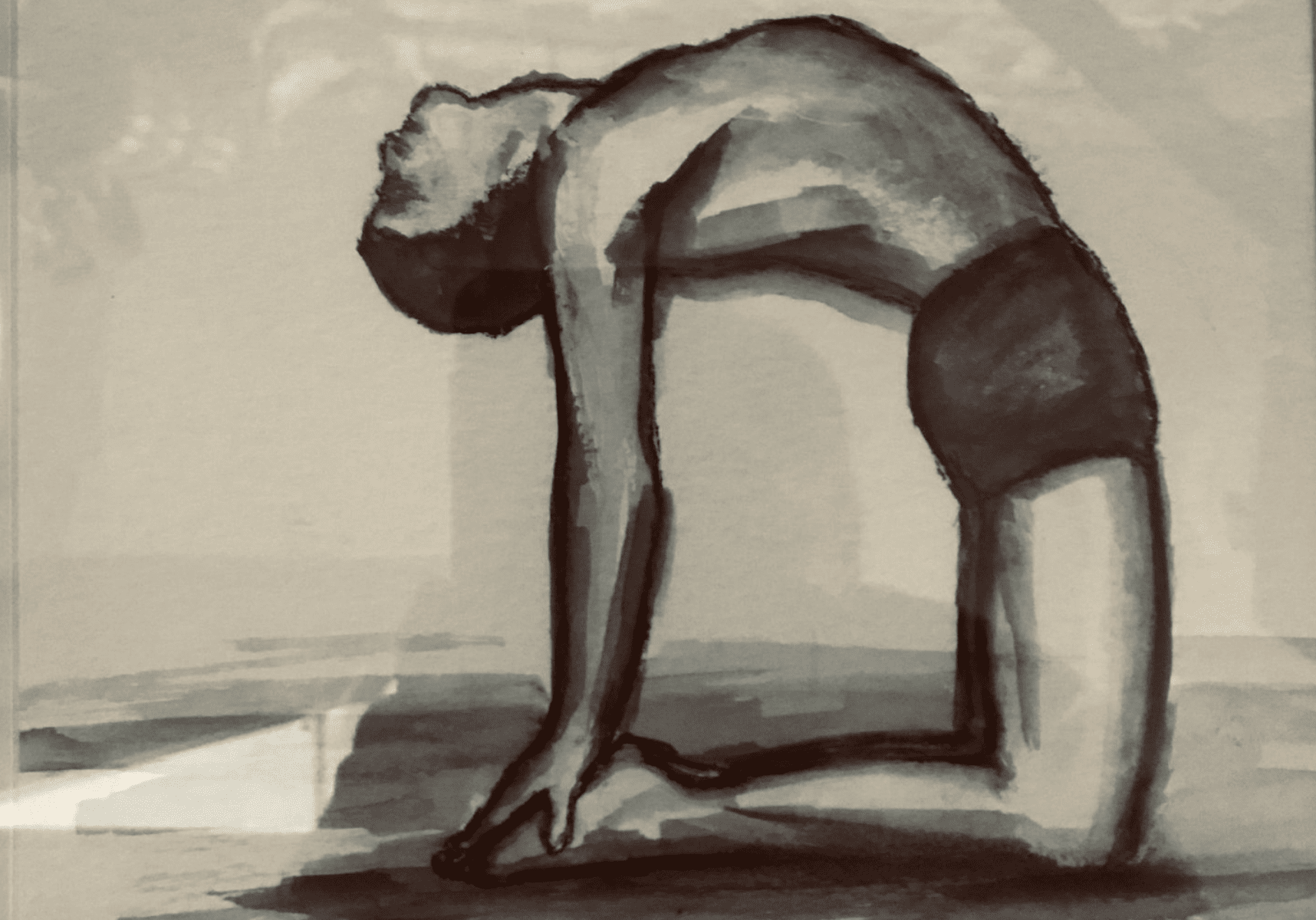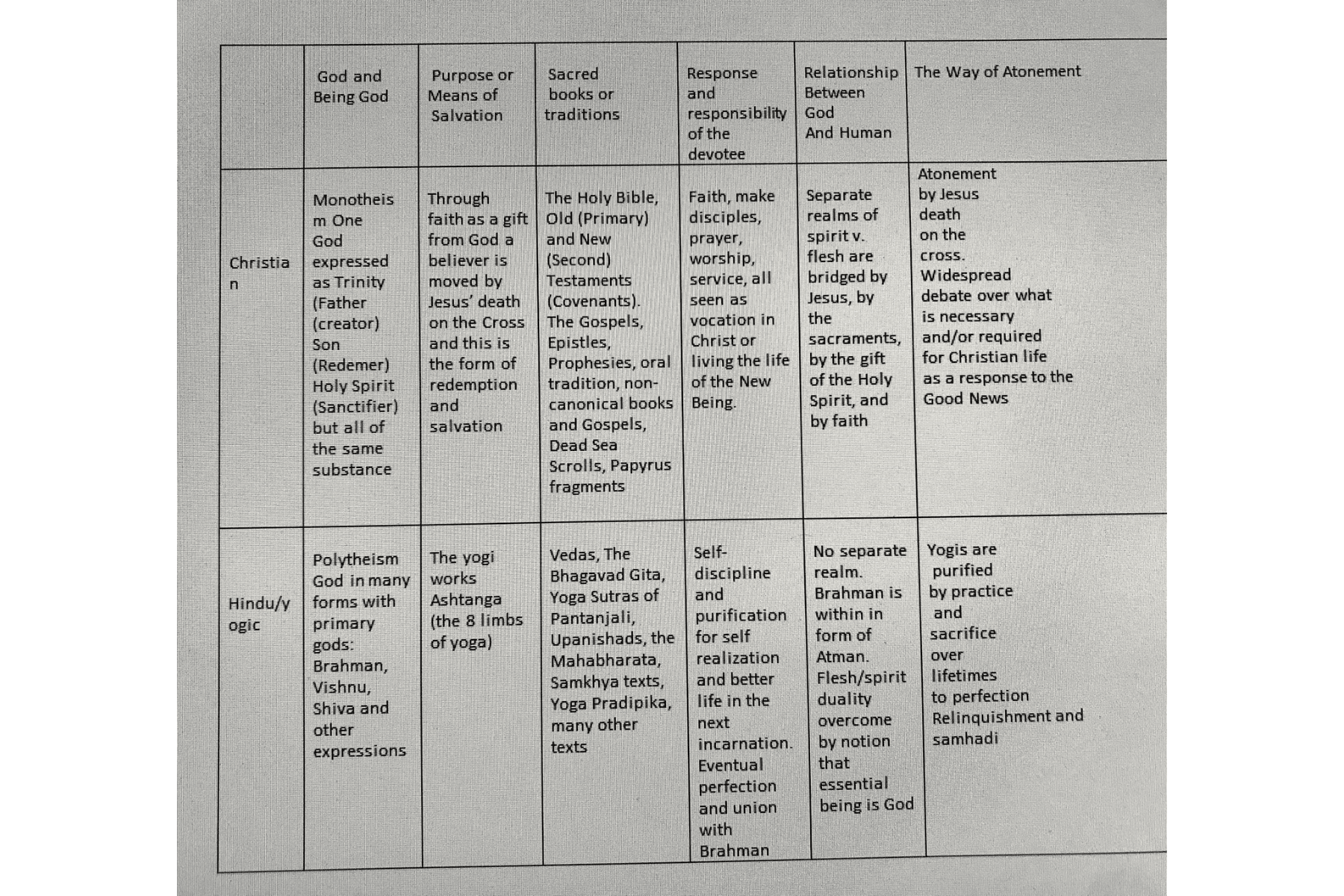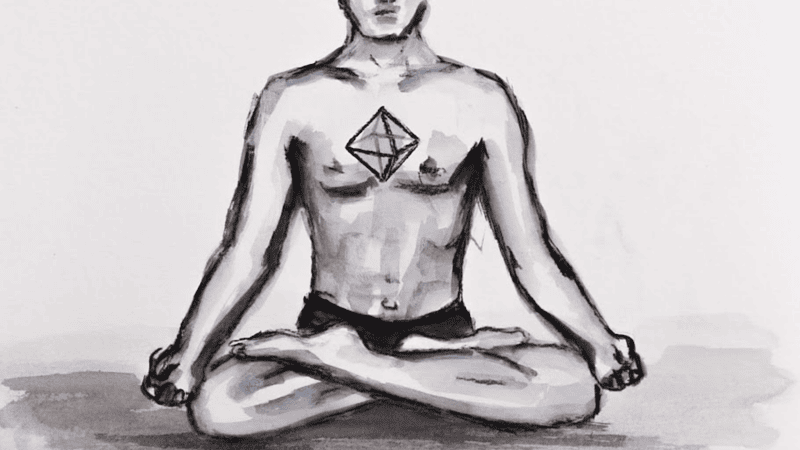
Is Yoga Spirituality Compatible with Christianity?
A 5-part series by Gregory Ormson
Reading time: 6 minutes
PART I Yoga and Christian Spirituality, a Starting Point
Writing a series on comparative spirituality is complicated, but I want to do this and my motivation for doing so is my yearning to acknowledge differences between yoga and Christian spirituality and yet communicate the core of our similarities rather than aggravate divisions.
Who Are You?
I am acutely aware some of you are agnostic or atheist; and responses to this presentation of yoga or Christian spirituality may be lukewarm, uninterested, curious, or adamantly antagonistic. Some acquaintances of mine are part of the new Evangelical and independent Christian missions; others are Buddhist, Muslim, Jewish, mystics, hedonists, or logical sophists. Others have backgrounds in traditional Christian denominations, and some are trained theologians. I have Indian friends from both East and (Indigenous) Western shores, and many people I know socially only by their participation in yoga or motorcycling.
A Starting Point
Every starting point for dialogue will frame the structure and from there add on. It's true of building a house or building understanding between people; after the structure is in place, the stage is prepped for rebuilding, subtracting, or modifying.
Today, a starting point ought to take account of the world in which we live, the threats inherent in war, and the threat of extinction. It's clear that the house in which we live and the home inside needs compassion and that's a good place to start.
In this series, my starting point will not be the traditional Western beginning. Usually, interreligious dialogue begins with talk of God, Jesus, spirit, prayer, meditation, or faith. The (hu)man being and their concerns have been second. But like a good yoga inversion pose, I'm reversing the usual. That means I am privileged, but also aware of others in the world and that makes me start with the human being.
Most yogis and Christian people I know (in the West) can choose to do yoga, read, or worship, and they have time to learn. If you have an interest in yoga, or in the Christian faith, and are sitting in a chair reading this, then you are rich and privileged. I admit, I am too, and that means my perspective is limited but open to expansion. The threats in other parts of the world at present do not impact me directly.
Humans are made of identical DNA and nearly identical biology, but our spiritual houses are different and often divisive. If there is anything in yoga spirituality that can make sense to everyone, it may be that we are all connected. Connection is the cornerstone of yoga and its teaching, and yoga is committed to not just the idea of connection, but the reality of connection. The yogi is connected to their own breath, to body, to God or spirit, to one another, and to self.
As I go on in this series, a referral to this chart will help clarify some of the categories forming the structure to this house of dialogue.

Indian spiritual writings, which formed the blueprint for early and simple expressions of yoga (the Upanishads and select Vedas from 5000 - 7000 BC), put forth both a final spiritual goal (teleological) and immediate goals. Yoga disciplines were meant to assist devotees in their studies of the texts and were formulated to help keep the yogi present. The long-term goal was to liberate the yogi's soul from earthly entanglements (Samadhi). Yoga prepared the devotee with austere and disciplined physical practice, mental practice, life-directions, diet, meditations, and balance.
In time, yoga synthesized India's spiritual foundations in diverse, ways but an all-encompassing synthesis on the place of God and human was put forth by Kavoor T. Behanan in, Yoga: A Scientific Evaluation (1937) when he wrote:
"The most important step in the development of Indian philosophy was taken when the Brahman, the cosmic and divine principle, and the Atman, the psychic principle (within every person) were looked upon as identical."
In its original communities, yoga had a hand-in-glove relationship with the spiritual culture of India, and therefore it was natural to find a spirituality of the at the center of its practice. It was not just a spirituality in thought or disembodied form, for divinity was seamlessly connected to the individual in the psychic and spiritual presence of the Atman.
This means that yoga spirituality identifies the human and divine as one in two aspects. Indian spirituality expresses this reality by the saying "That art Thou" (tat twam asi), and "I am Brahman" (Aham brahma asmi). Yoga spirituality posits that we (yogis) are at once divine and human.
Many Christian spiritualties will be uneasy with this description, but Christian theology does something very similar. Before getting too uneasy about this, think about Behanan's statement regarding Atman and Brahman but replace the words with spirit and God. It would read thus:
The key step in the development of Christian philosophy was taken when God, the cosmic and divine principle, and the Spirit, the psychic principle (within) were looked upon as identical.
And where is this grounded for Christian spirituality? In many New Testament writings (Pauline letters, Acts, Gospels), the spirit (Holy Spirit) or spirit of God is written as located within the human being. From Epistles of Paul, "Do you not know ... you are a temple of God and that the Spirit of God dwells in you?" In other New Testament writings, statements of the Kingdom of God or the Spirit of God are also located within the individual person.
Divinity and humanity melded as one is not a stretch. Christian theology and spiritualty affirm the doctrine of the Trinity, which means that God (the cosmic principle) is also Spirit and at the same time God is Jesus (incarnated in the flesh); its formulation is three are one and one is three, with all of the same substance. If one aspect of the Trinity is within the human, then all aspects of the Trinity are within the human.
In the 1st-century, during Christian Creedal Formulations, debates on the substance and identity of Jesus were a major controversy. It was called the Docetic Heresy because some people said that the Jesus on earth only "seemed" to be divine. Today, these concerns and nuanced debates about how Jesus is both divine and human (Christology) do not take place on the public stage.
Cosmic and Individual: similarities and differences
Christian spirituality, like yoga, does foster an intimate connection between the cosmic and individual, but most Christian spirituality will not say we (human beings) are one with God, but yoga spirituality will. This oneness between human and God has been a working assumption of mystics through the centuries irrespective of creeds and doctrines.
But Indian spirituality takes another step beyond Christian belief when it holds up the idea that Atman is also in the elephant, and in fact, Atman is in all sentient beings.The belief that God is in all things is known as pan-en-theism, it is something Yoga spirituality accepts. For Christian spirituality, extending divinity to other sentient beings is a bridge too far. They will stop far short of endorsing the Holy Spirit existing within all sentient beings.
It's not entirely relevant for yoga people today to know the difference between panentheism and pantheism, but the Brahman - Atman or God - Spirit example of a spiritual connection with the divine is more similar than different in the two traditions.
Both Christian and yoga spirituality is keenly interested in the immediate presence of divinity, and both are keenly interested in notions of the eternal. The questions about how this looks for life today, or how this is enacted in the here and now, are for future installments in this series. A sneak peek at this will have you ponder why and how yoga came to be called a practice and Christianity is expressed as an act of faith.
References:
Behanan, Kavoor T. Yoga A Scientific Evaluation. New York, NY: Macmillan, 1937.







